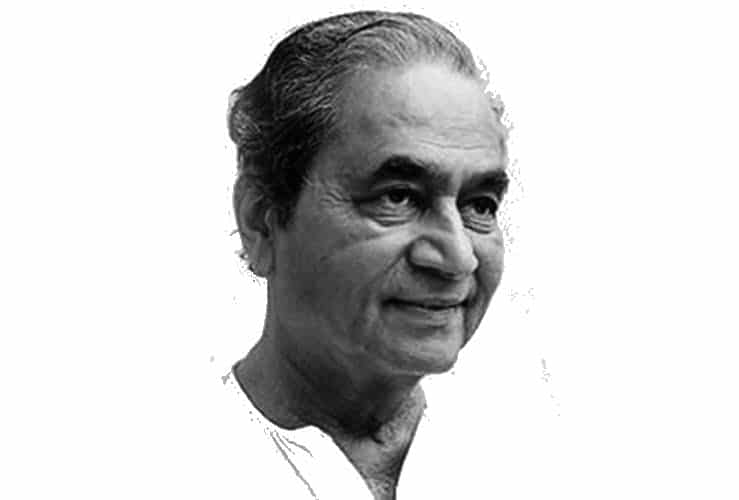Unmasking a Legend: The Story of Badri Narayan

Badri Narayan (22 July 1929 – 23 September 2013) was an acclaimed Indian writer and artist, known for his significant contributions to literature and art.
Life and Career
Narayan began painting without any formal training, holding his first public showing in 1949 and his first solo show in 1954. Throughout his career, he had over 50 solo exhibitions. His work is included in several prestigious collections, such as the National Gallery of Modern Art and the National Museum in New Delhi, as well as the Philadelphia Museum of Art’s South Asian Collection. Initially, he worked with tile and ceramic, which influenced some of his later watercolors. His paintings, characterized by their intimacy and fantasy elements, feature simple outlines and accessible subjects in two-dimensional, stylized representations. He primarily used ink, pastel, and watercolor.
In addition to his painting, Narayan illustrated children’s books and wrote short stories and verse. His life and work were featured in a documentary by Mumbai All India Radio. He received numerous awards, including the Padma Shri in 1987 and the Maharashtra Gourav Puruskar in 1990.
Badri Narayan passed away on 23 September 2013 due to frail health, at a hospital in Bangalore.
Award and Legacy
In 1978, Narayan was honored with the Sahitya Akademi Award, one of the most prestigious literary awards in India, for his novel “Maila Anchal” (The Soiled Border). This novel, set in rural Bihar, garnered widespread acclaim for its poignant portrayal of societal issues such as caste discrimination, poverty, and exploitation. “Maila Anchal” remains one of Narayan’s most celebrated works, earning him a permanent place in the annals of Indian literature.
Narayan’s work continues to be celebrated for its ability to capture the essence of rural life in India with authenticity and empathy. His novels, short stories, and essays offer poignant insights into the struggles and aspirations of ordinary people, resonating with readers across generations. Through his writing, Narayan shed light on the complexities of Indian society while advocating for social change and cultural preservation.
In addition to his literary achievements, Narayan’s contributions to the visual arts, particularly Mithila painting, further solidify his legacy. His intricate and culturally significant artworks have earned him recognition as a master of this traditional Indian art form. Narayan’s paintings continue to be revered for their beauty and craftsmanship, serving as a testament to his talent and dedication.
Overall, Badri Narayan’s legacy is characterized by his profound understanding of Indian culture, his commitment to social justice, and his ability to capture the essence of life in rural India through both literature and art. His work remains influential and continues to inspire artists, writers, and readers alike, ensuring that his legacy endures for generations to come.
Observer Voice is the one stop site for National, International news, Sports, Editor’s Choice, Art/culture contents, Quotes and much more. We also cover historical contents. Historical contents includes World History, Indian History, and what happened today. The website also covers Entertainment across the India and World.

